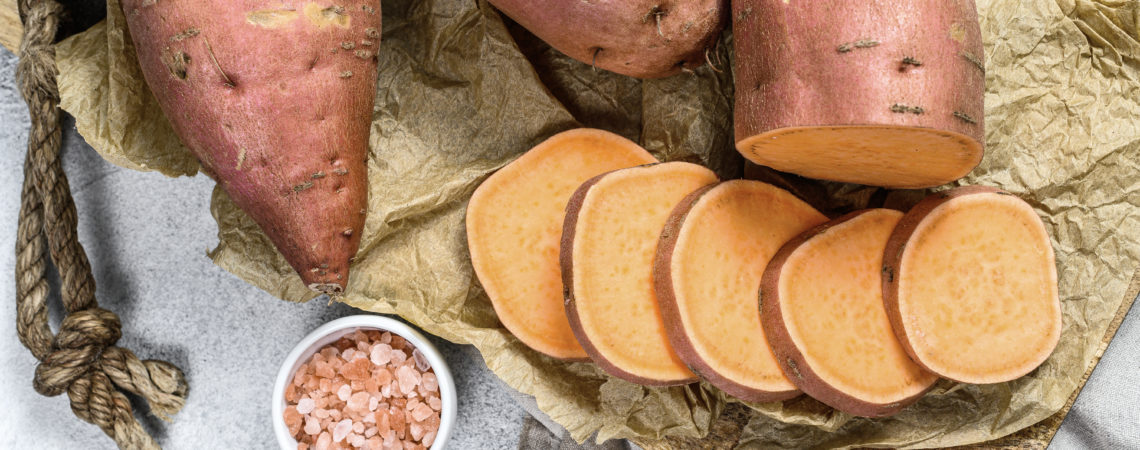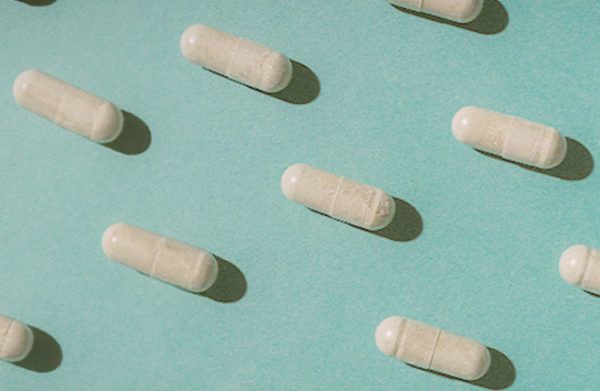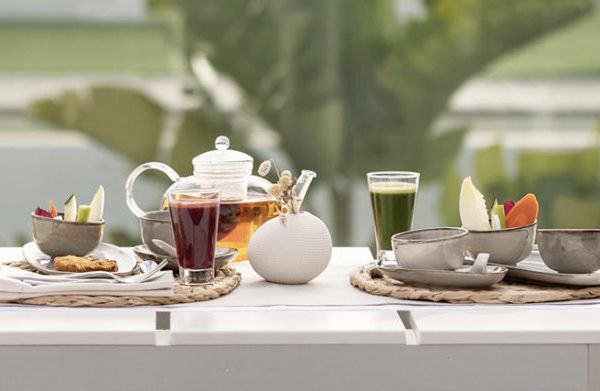
SHA Magazine Healthy Nutrition
Characteristics and nutrients of sweet potatoes
The sweet potato is a food rich in nutrients, but also full of contradictions. It is said to be a healthy substitute for the potato, and although this is true, it is also true that for every 100 grams it provides 100 kcal from its high carbohydrate content, responsible for its pleasant, sweet taste. In addition, despite its sweet taste, its glycemic index is lower than that of the potato.
Its richness comes from its high content of vitamin A and all its precursors, such as carotenoids, vitamins E and C and folates. It is also a rich source of potassium. For all these reasons, the sweet potato is a perfect food for those moments of life that require large doses of energy, such as childhood, adolescence, pregnancy or breastfeeding. It is also a great food for athletes and women due to its high energy content.
It has a powerful antioxidant thanks to the carotenes which, combined with vitamins E and C, protect cells from free radicals, which contribute to the development of certain degenerative diseases and accelerating the ageing process.
Some studies have found sweet potatoes to be protective against diseases such as cancer, cardiovascular disease, cataracts and age-related macular degeneration. These benefits are based on its very high antioxidant capacity and its ability to modulate the body’s immune response.
During pregnancy, it is a highly recommended ingredient because of its high folic acid content, thanks to the prevention of certain birth defects in a baby’s brain, such as anencephaly (incomplete closure of the neural tube), or in the spinal column, such as spina bifida.
Amongst the great virtues of the sweet potato is its ease of digestion. Thanks to its high fibre content and antioxidants, it improves discomfort and prevents inflammation and slow digestion. It is a great ally for people suffering from gastric ulcers or gastritis.
Finally, the carotenoids in the sweet potato make it a great protector of the eyes and sight in general, as they help prevent light-induced oxidative damage. This is why it is believed to protect against age-related macular degeneration and cataracts.
Now, let us also go over its contraindications: Unless you suffer from an allergy to one of their nutritional components, sweet potatoes have no major contraindications. Just remember that their energy and calorie content is high, and although the presence of fibre can slow down the absorption of sugars in the blood, its high carbohydrate content must be taken into account, especially for diabetics.
The sweet potato is an autumn tuber, meaning its season is from September to December. Its texture and sweet flavour can be used in both savoury dishes and desserts, and it is a great protagonist in dishes that welcome the arrival of the first cold weather.
Before eating a delicious sweet potato recipe, there are some important things to know: sweet potatoes are fragile, so you should always choose those that look and feel firm, and at home they should be stored in a cool, dry, dark and ventilated place. When kept under these conditions they can last seven to ten days. At high temperatures, sweet potatoes may germinate. It is not recommended to store them raw in the fridge because it alters their flavour, but once cooked they can be refrigerated and stored for a week.





